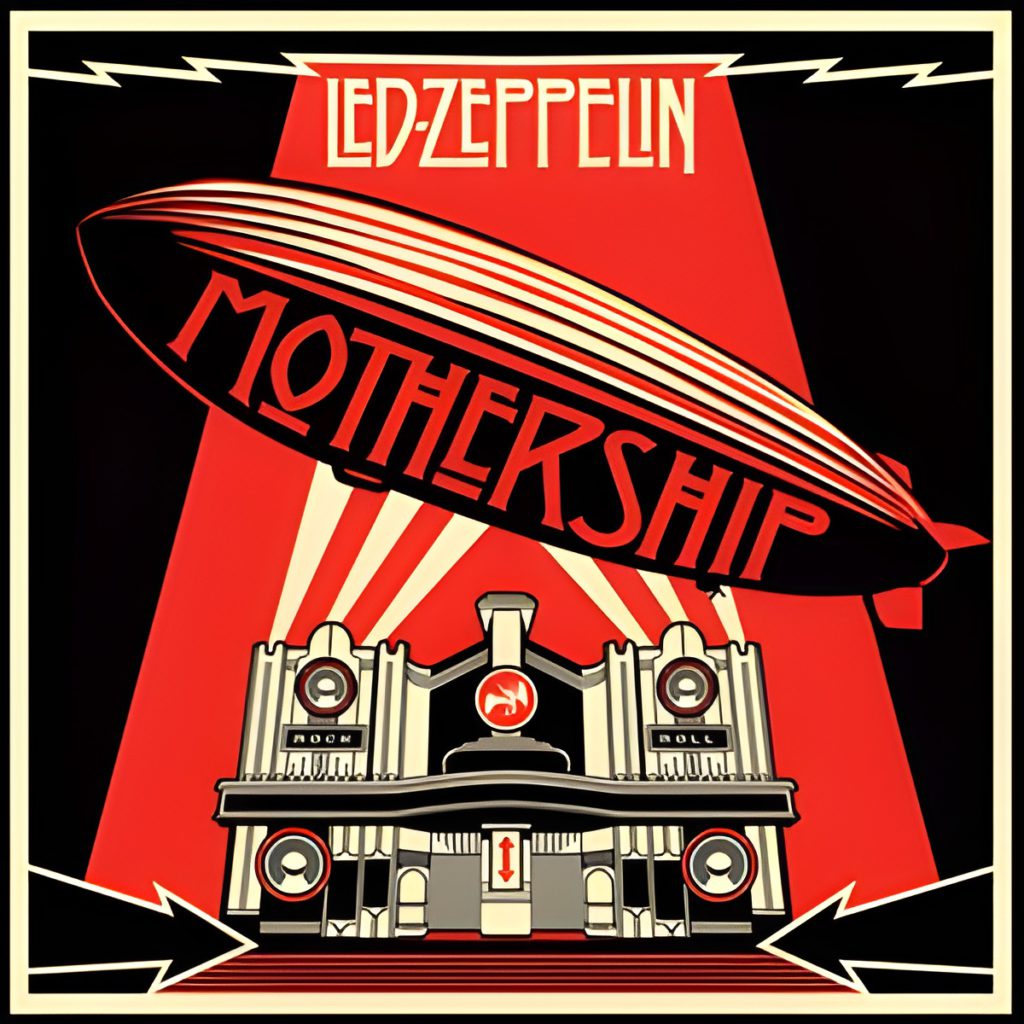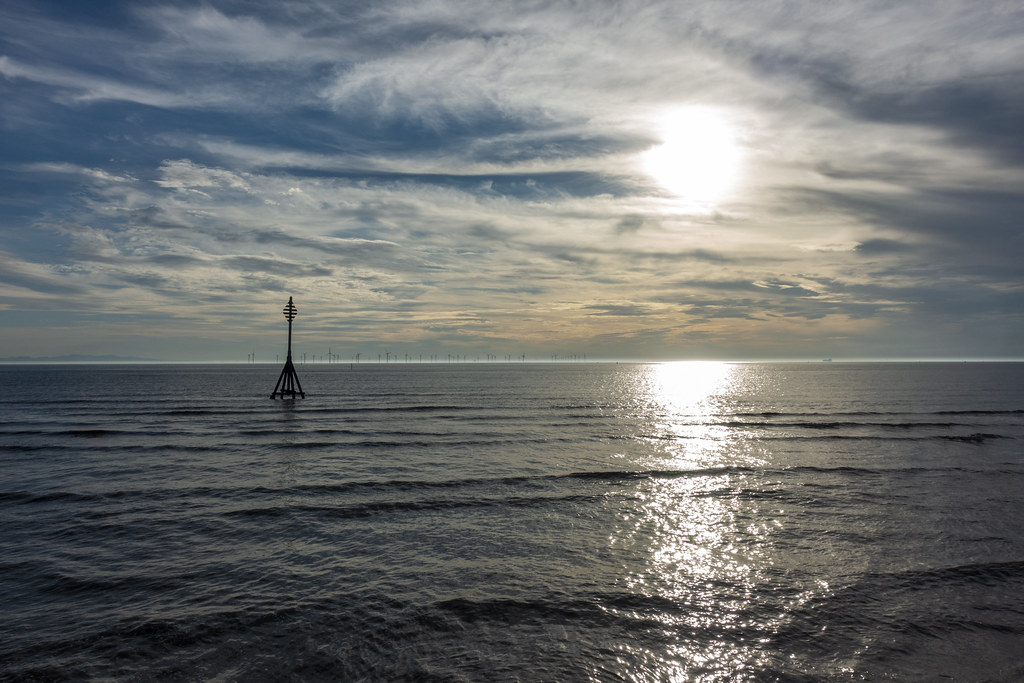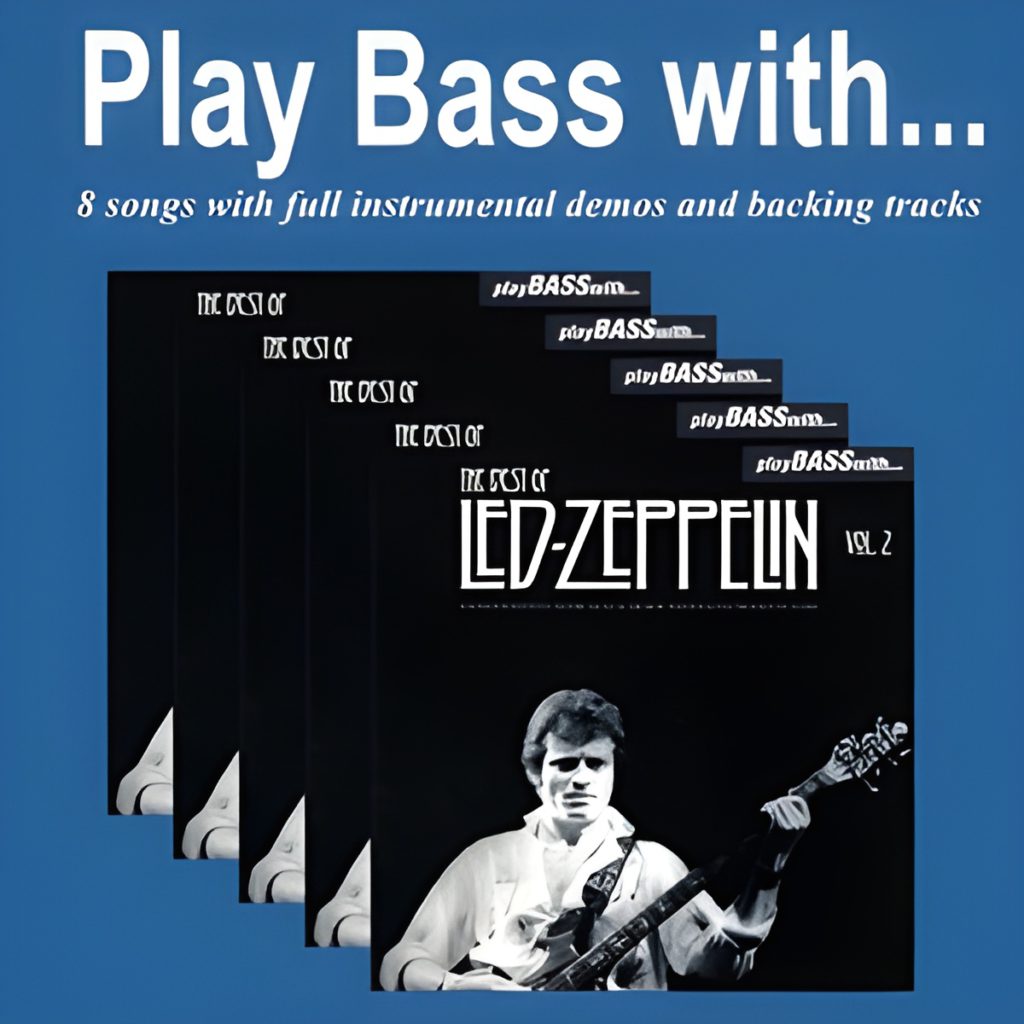
Led Zeppelin sits on rock’s throne, but most fans only know the greatest hits playlist. Their deep cuts harbor secrets waiting to be discovered. Think of it as finding designer vintage at a thrift store—you know there’s gold in there somewhere.
11. The Lemon Song

This Led Zeppelin II track showcases the band’s deep blues roots in all their raw glory. John Paul Jones delivers a bassline that draws heavily from Robert Johnson’s Delta blues tradition, channeling those influences through electric amplification.
Page’s guitar work crackles with unfiltered energy while Plant’s vocals carry the weight of blues history. The song’s uncredited borrowing from classic blues compositions sparked controversy, but its influence on blues-rock remains undeniable.
10. Night Flight

Zeppelin experimenting with funk feels as unexpected as finding your dad’s TikTok account. This Physical Graffiti track ventures into uncharted territory with piano-driven grooves that diverge completely from their typical sound.
Music critics have noted the song’s incorporation of gospel and R&B elements alongside funk influences. The experimental approach earned recognition among fans who appreciate when established artists push beyond their comfort zones.
9. Friends

The late sixties brought widespread musical experimentation to rock music. This Led Zeppelin III composition blends acoustic guitars with Indian classical music influences, particularly featuring sitar-like sounds that create an exotic atmosphere.
Various music publications, including AllMusic and Rolling Stone, have documented the track’s Eastern musical elements. The cross-cultural fusion represented the band’s willingness to explore world music influences early in their career.
8. The Rover

Critics consistently praise this Physical Graffiti standout for its powerful guitar work and heavy sound. Page’s commanding riff drives the track from opening to explosive guitar solo that showcases his technical mastery.
Despite receiving critical acclaim as one of the album’s strongest tracks, radio stations rarely feature it. The song exemplifies Zeppelin’s hard rock essence through relentless energy and uncompromising musical intensity.
7. Bron-Yr-Aur

The Welsh countryside directly inspired this gentle instrumental piece that contrasts sharply with Zeppelin’s typical high-energy approach. Page’s delicate acoustic guitar work creates pastoral soundscapes throughout the brief composition.
Music historians have verified the song’s origins in the band’s retreat to a remote Welsh cottage. The track demonstrates their artistic range extended far beyond volume and aggression into contemplative musical territory.
6. Down by the Seaside

Music critics have highlighted this Physical Graffiti track’s unpredictable structural shifts that catch listeners off guard. The song transitions from dreamy, mellow verses into driving rhythmic sections without warning.
Two distinct musical personalities coexist within one composition, demonstrating the band’s mastery of dynamic contrast. The approach showcases their ability to control both quiet introspection and powerful musical climaxes.
5. In the Light

Critics have described this hypnotic Physical Graffiti epic as cosmic and deeply experimental. Synthesizer textures blend with Page’s innovative use of the bowed guitar to create otherworldly atmospheric effects.
Music publications have noted the track’s psychedelic qualities and transcendent listening experience. The ten-minute composition pushes beyond traditional rock boundaries into meditation-inducing sonic territory.
4. The Battle of Evermore

Sandy Denny holds the unique distinction of being the only external vocalist to appear on any Led Zeppelin recording. Her folk background brings haunting harmonies that complement Plant’s vocals perfectly on this Led Zeppelin IV track.
The mandolin-driven arrangement creates medieval atmospheres that music critics have compared to fantasy literature influences. This folk ballad demonstrates the band’s storytelling capabilities beyond their typical rock framework.
3. Achilles Last Stand

Music journalism consistently characterizes this Presence centerpiece as progressive rock mastery unfolding across ten minutes. Page’s intricate guitar work drives complex arrangements that demand focused listening throughout.
The song’s mythological themes and technical complexity have earned recognition from critics as one of Zeppelin’s most ambitious compositions. Multiple music publications have noted the track’s demanding nature rewards patient, repeated listening.
2. Tea for One

Plant’s emotional delivery and introspective lyrics about isolation have been widely discussed in music reviews. The slow-burning blues track reflects the singer’s personal experiences during extensive touring periods.
Page’s guitar work complements the vulnerable lyrical content with equally expressive musical phrasing. Critics have noted how the song transforms personal anguish into universally resonant artistic expression.
1. Hey Hey What Can I Do

Music historians have documented this track’s status as a B-side to “Immigrant Song” that never received proper studio album inclusion. Despite its hidden status, the folk-rock composition has gained recognition as an overlooked gem.
The acoustic-driven arrangement showcases storytelling elements that critics have praised for their emotional depth. Its exclusion from standard album releases makes it a genuine discovery for many Zeppelin enthusiasts.





















